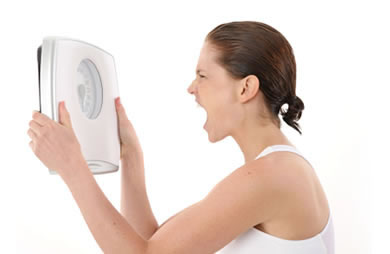|
In October 2008 I was watching the World Series when I suddenly noticed the left side of my face becoming numb. At first I thought it was due to a new moisturizer I started using a few weeks earlier. I did not mention anything to my husband when it started, however as bedtime loomed, I remember thinking something wasn't right. The numbness became more severe, as if I had just come home from the dentist after having Novocain injected into my gums. As a Registered Nurse I felt I was too young to have a stroke, after all just a few short weeks earlier I was given a clean bill of health by my physician. I had even completed a 12 mile run the day before in preparation for my second half-marathon. But something didn't seem right, so I awakened my husband and off to the hospital we went. They immediately took me back and did a thorough evaluation of my status. I was asked to smile, hold my arms out in front of me and lastly I was asked to repeat a sentence that the nurse told me. Thankfully I passed all the initial criteria. I was scheduled for a CAT Scan, MRI, as well as an overnight stay in the hospital. The next morning I received a visit from a cardiologist and neurologist. It was believed that the numbness was not caused from a stroke, but was a migraine aura, one that I have never experienced before prior to the onset of the headache. I am grateful that my healthy lifestyle is helping lower my risk of stroke, but it is not a safety net either. That was over 3 years ago and that scenario could have turned out as a totally different story had I actually experienced a stroke. While doing research on strokes I was shocked to read that strokes account for almost 800,000 deaths every year and is the fourth leading cause of death here in the United States. And when I read 25% of the people who experience a stroke are under the age of 65, was a huge wake-up call to not only educate myself on the signs and symptoms of stroke, but to help educate our SparkPeople community. When it comes to stroke recognition, the quicker one is to respond to the signs and symptoms of stroke, the quicker the treatments can take place. It can literally be the difference between life and death. But what if you don't know what those signs and symptoms are? If you suspect that a loved one or family member is suffering from a stroke, it is imperative to think FAST. FAST stands for:
Fortunately, my situation was only a migraine, I learned a big lesson that October night. In the future, if I suspect anything that could be a potential stroke, regardless of my lifestyle or age, I will not delay a trip to the hospital. I will seek help immediately. I would rather be diagnosed with something benign than to have the debilitating outcome from delayed treatment or worse, death. Did you know what FAST was an acronym for? Have you had to do perform this on a friend or a loved one? Do you find blogs covering these type of topics helpful? |
More From SparkPeople
|

.jpg)













